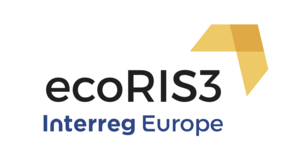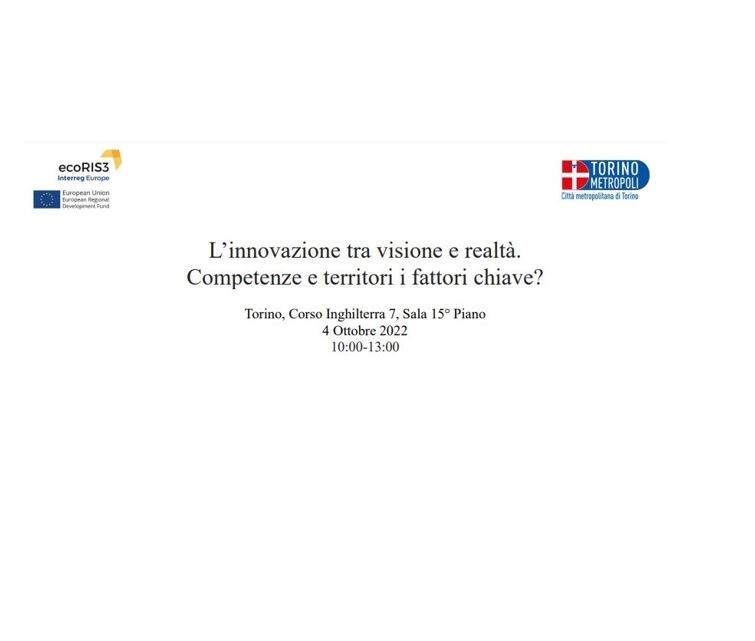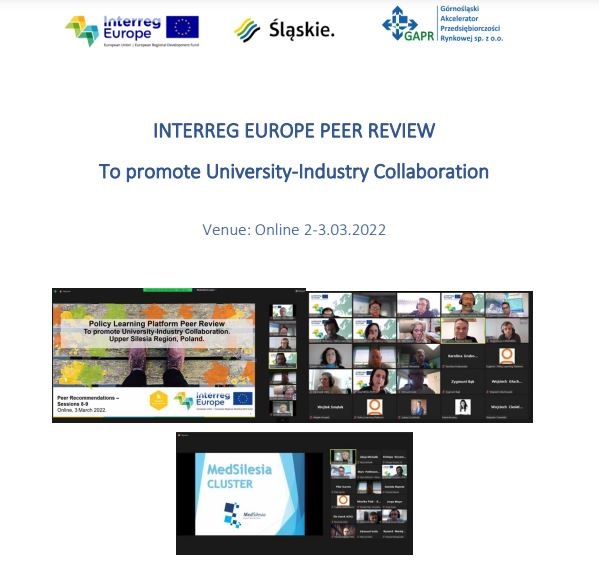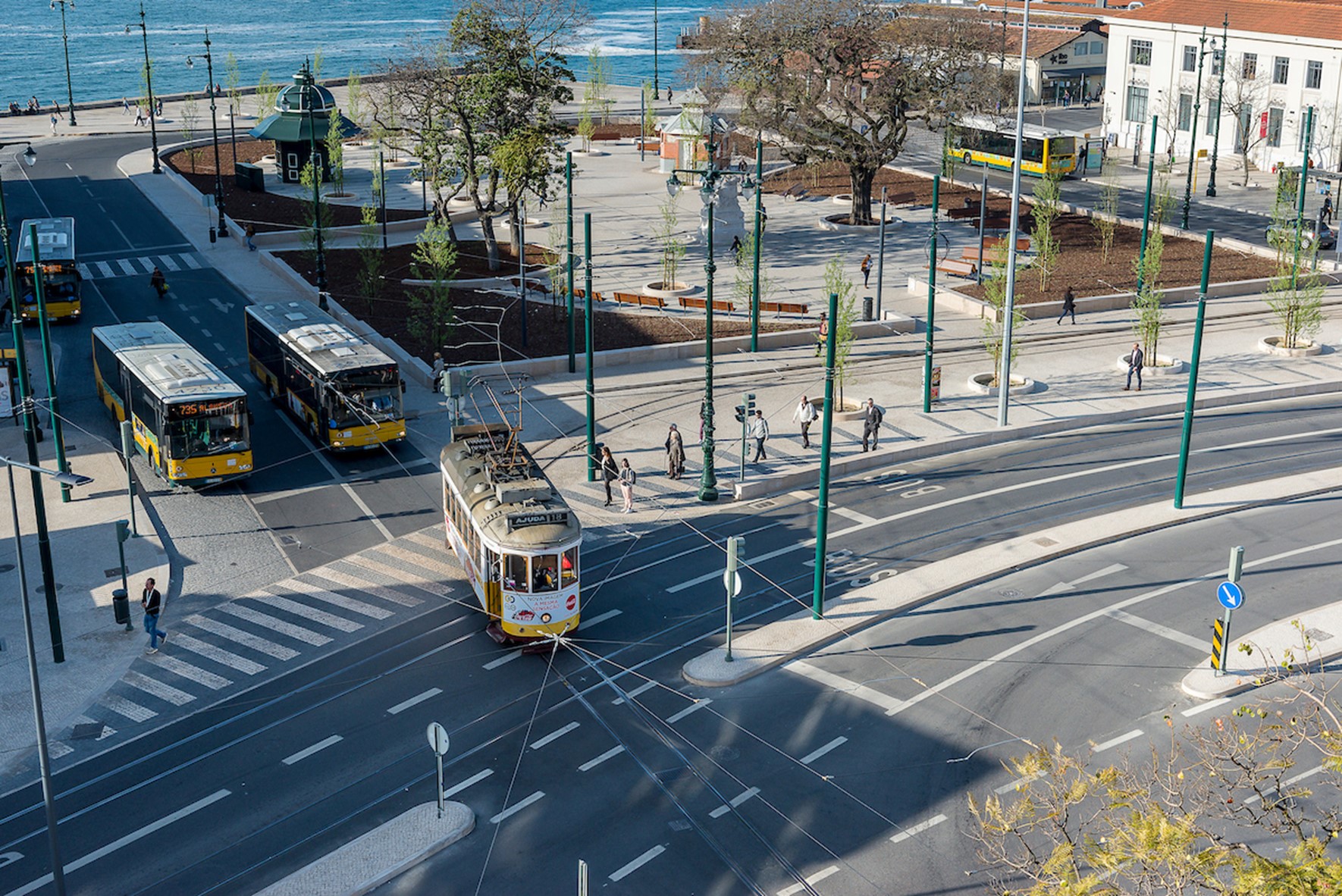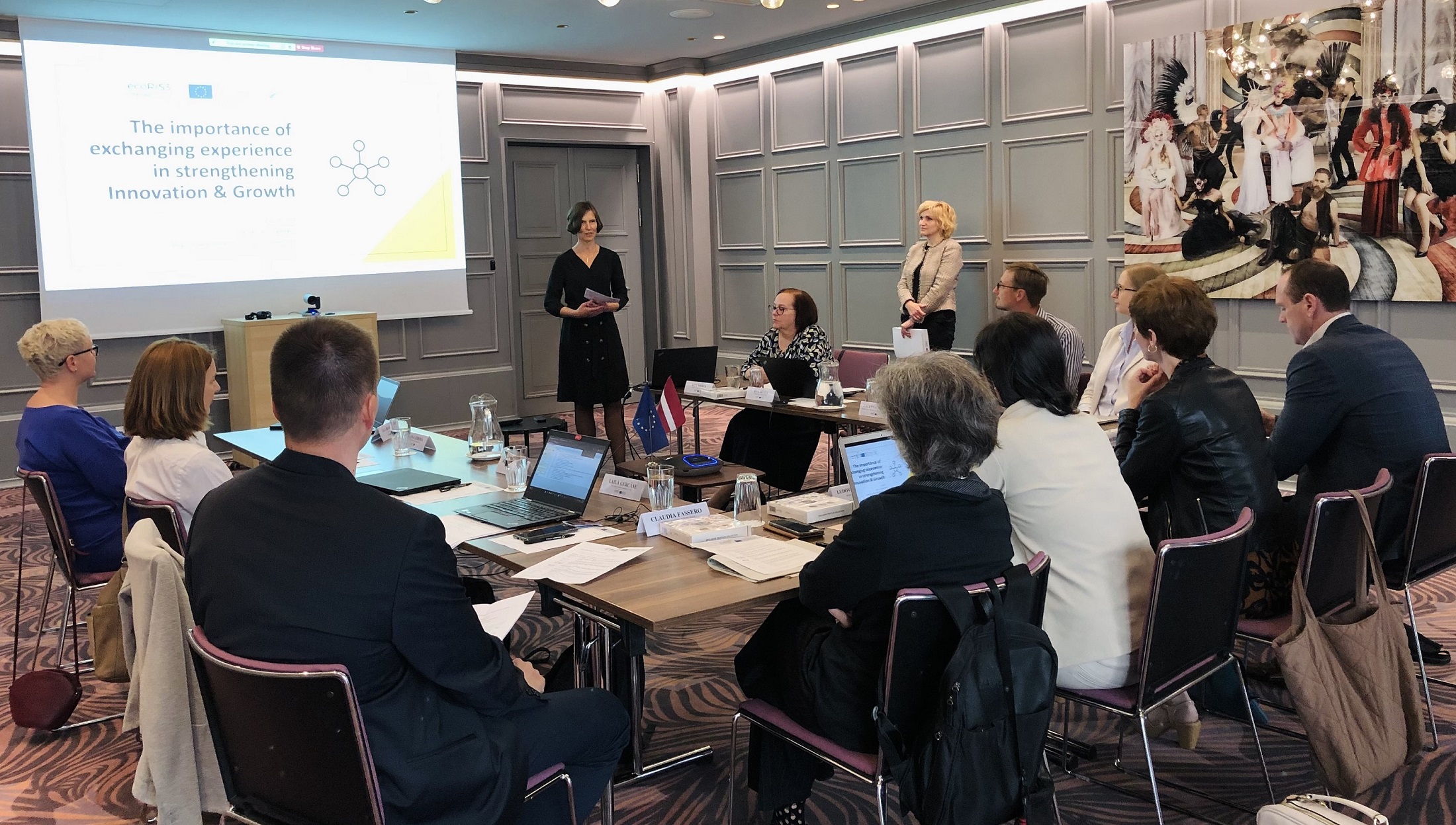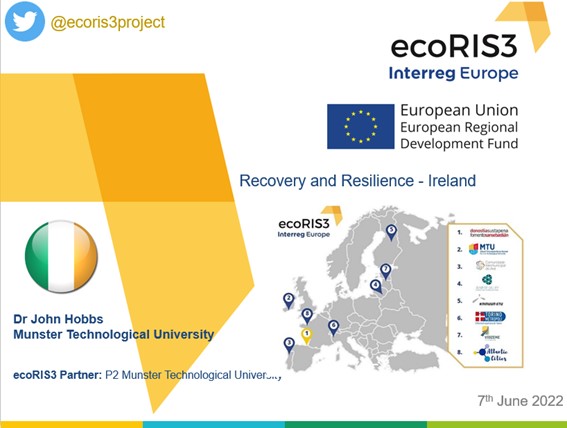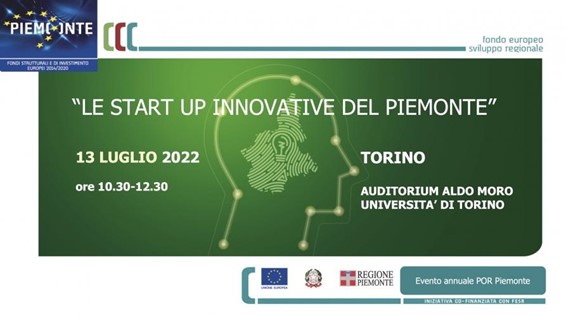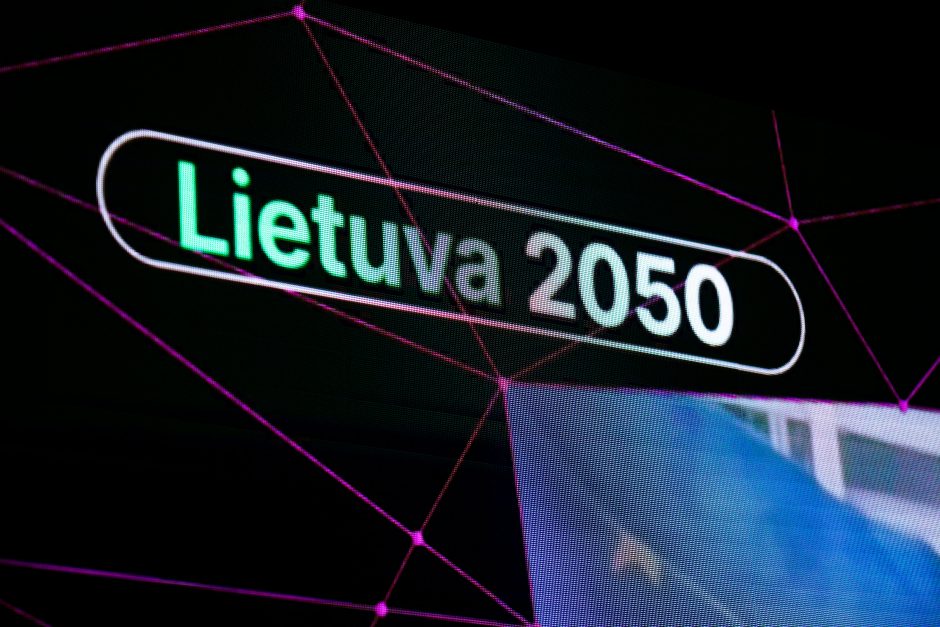On the 30th of October, the Interreg project ecoRIS3 – Policies and measures to Support Local & Regional Innovation Ecosystems – Info day was held at the Metropolitan City of Turin and it had the opportunity to host the Irish delegation composed by John Hobbs from Cork Institute of Technology, Eoin Byrne from Cyber Ireland, Damien McConville from InterTradeIreland, Céline McHugh from the Irish Department of Business, Enterprise and Innovation and Ross Church from Cork’s County Hall. From Metropolitan City of Turin some guests were invited from different public bodies –Vincenzo Zezza from Regione Piemonte and Daniela Nepote from IRES Piemonte – and also local stakeholders.

Comparing the Piedmont region with the case study of Ireland has brought some interesting insights. First of all, the researcher John Hobbs from the Cork Institute of Technology highlighted a fundamental difference regarding the origin of the cluster systems in the two cases. In fact, while in Ireland the birth of cluster systems was supported by the central government through the publication of guidelines and action plans, in Italy, especially in Piedmont, our innovation poles were born spontaneously in the wake of the industrial districts phenomenon, a paradigm already widely affirmed in the 70s. Currently, it seems that Ireland is witnessing a change towards a bottom-up approach in which some organizations are recognizing the added value that the presence of a cluster can bring to the territory and begin to develop some systems, regardless of the national policy. The result is therefore a fragmented and sometimes disjointed framework composed by unstructured programs, smoky definitions of the concept of "cluster" and uncoordinated actions.
However, as exposed by Céline McHugh, responsible for the Regional Enterprise Plan development, several interventions have been made to frame the community policies in this regard, to name few: the national strategy “Enterprise 2025”, the new born “Future Jobs Ireland”, and some specific instruments dedicated to each regions priority and funds for the cluster system development, such as the “Regional Technology Clustering Fund” or the “Disruptive Technologies Innovation Fund.
To fully understand the internal and external dynamics of clusters, Dr Hobbs presented the Visualization of Linkages in Networked Clusters (V-LINC) research group (listed as an Interreg Europe good practice) that deals with mapping different types of connections established between the companies in a cluster and in the external economy. This work is very useful to better understand the economic impact of this kind of organizations and define the geographical scale referred.
To conclude the debate, Eoin Byrne, Cyber Ireland's cluster manager, highlighted another important difference between the Irish and the Piedmont case: the geographical scale of a cluster system. In the case of Cyber Ireland, the cluster system is referred to as a national system: this phenomenon would never be possible in Italy, a country with strong regional characteristics that have led in history to the establishment of local clusters (on a regional level or even on a more restricted scale). This intervention has also raised, once again, the importance of the new emerging sectors, such as cyber security, which, despite being the prerogative of the international market, finds in Ireland some fundamental resources for research and a strong component of highly qualified personnel.
In the afternoon of the 30th it was possible to further investigate the clustering topic, which focused on the cluster management thanks to presentations and an accompanied debate which opened between the Irish representatives and Giulia Razetti and Luca Galeasso from Clever Pole - which focuses on clean tech; Chiara Ferroni from Torino Wireless and Pole ICT, and finally Giuseppe Serrao from, 2i3T and I3P Incubators.
On the 31st morning, the delegation had the opportunity to visit the bioPmed Polo at the Bioindustry park in Colleretto Giacosa, where they met with Alberto Baldi, Cluster manager of bioPmed who outlined the services which bioPmed provide for their members and how they base their clustering model and need for clustering in Piedmont by being intermediaries who building bridges to connect members with other stakeholder in what Goran Lindqvist from Stockholm School of Economics calls the "7 gaps of innovation."
Alberto also helpfully outlined the Gold, Silver and Bronze labels for Cluster Management Expertise which are provided by ESCA as part of their cluster labeling process via www.cluster-analysis.org.
The information shared as part of the study visit will be an integral input into finalising the Irish Action Plan being developed by CIT as part of the project.
